Marketing operations can be a confusing subject. You will probably get blank stares when explaining marketing operations to someone else, especially if that someone is not in marketing or business.
In this article, I’ll try to explain marketing operations to people of different ages, with increasing levels of detail and abstraction. I’ll start with explaining the concept to a child, the I’ll more on to a teenager, a marketing graduate student, a marketing professional, and then an expert in marketing operations.
Tell it to the children
I’m going to tell you about marketing operations. Marketing is something businesses do to get people to want to buy their stuff. Think of commercials and big billboards. Now, pretend you received a flyer in the mail that has a picture of a teddy bear and how much it costs. That is called an ad, short for advertisement. Some marketing people come up with the idea for what the teddy bear ad will look like and what it will say.
Now there are other marketing people, whose job it is to send you the ad in the mail, and also determine if the ad is doing a good job at helping the business sell more toys. These types of marketing people also do that for all types of marketing, like the commercials and big billboards, and advertising across the internet. These types of marketing people work in marketing operations.
Get the daily newsletter digital marketers rely on.
Easy for teens
I’m going to tell you about marketing operations. Marketing is all of the activities businesses do to sell more of their products and services. Many think that marketing is simply making commercials, but today most of marketing is digital – think of ads you see on Google, posts you see from influencers on social media, and also emails from brands in your inbox.
Now, there are a lot of tools that marketers use to create marketing in all of these different places. These tools are typically online services. For example, marketers can use an online service to create marketing emails, and another service to create YouTube videos. Marketers also use these tools to track whether or not their marketing campaigns are helping the business sell more products. The marketers that manage these tools and the data that comes out of these tools work in a specific area of marketing – that area is called marketing operations.
Harder for the marketing grad student
I’m going to tell you about marketing operations, which is a function within the marketing department. Marketing today is becoming increasingly sophisticated. A single offer can be deployed across a multitude of channels and platforms, and these activities generate an immense amount of data. Businesses use a variety of marketing tools and services to manage these activities. Some of these tools can be quite robust, and require a team of people to manage and operate. These marketing tools need to be connected together to help personalize marketing campaigns, track customer touch points, and unify data for analysis and decision-making.
The marketers that manage these tools tend to be tech savvy, and fluent in online marketing and data science. This function of marketing is known as marketing operations, and they manage the different tools, processes, and data to ensure that all marketing efforts are running in an efficient and profitable way.
Gloves off for the marketing professional
I’m going to tell you about marketing operations. This function manages the Martech stack, which typically includes a marketing automation platform (MAP), a customer relationship management system (CRM), a customer data platform (CDP), advertising tools, data services, reporting systems and more. They ensure these platforms are implemented and adopted correctly and that data is integrated across the entire Martech stack.
In addition, marketing operations ensures the outputs support various stakeholders, such as customer intelligence for a sales team, and revenue reporting for finance and leadership. The marketing operations charter often includes: planning and building campaigns, marketing system administration, data analytics, training and enablement, and building internal products and features to support the marketing organization.
Read next: An in-depth look at marketing ops and marketing ops professionals
What the expert needs to know
Marketing operations today is rapidly evolving. What once was a function that owned campaign execution and the marketing automation platform, is now growing in scope as businesses become more reliant on digital and data. There are two paths emerging. The first path: marketing operations professionals dedicated to ensuring that marketing runs like a business, and is viewed as a profit-center rather than a cost-center. The data and process requirements for this undertaking are staggering, and marketing operations is shifting into a more strategic role to determine which projects are priority and which will yield the highest return-on-investment.
The second path relates to the overwhelming complexity marketing teams face, namely the explosion of platforms and the need to synchronize and unify big data. This path requires technical mastery, especially within the enterprise Martech space. Large technical problems require marketing operations experts to bring innovative solutions, simplify complexity, and often build custom products to operate marketing at scale. Today, the two paths are blurred, but I wouldn’t be surprised to see the bifurcation of two separate functions in the near future.
To sum up, marketing operations is sometimes a confusing topic, but an exciting one, that will truly shape the future of marketing profession, and business as a whole. Which explanation did you like best?



















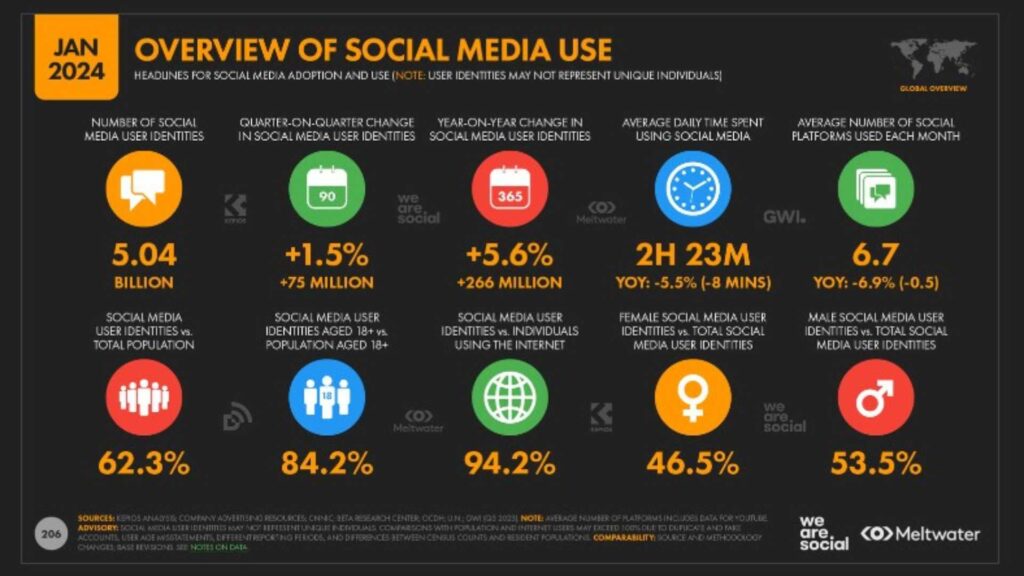
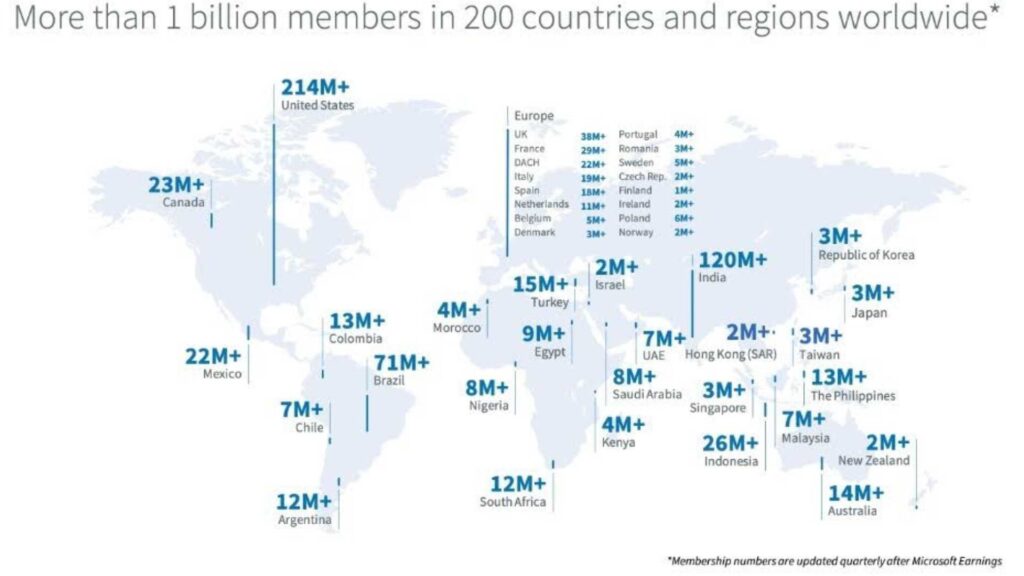
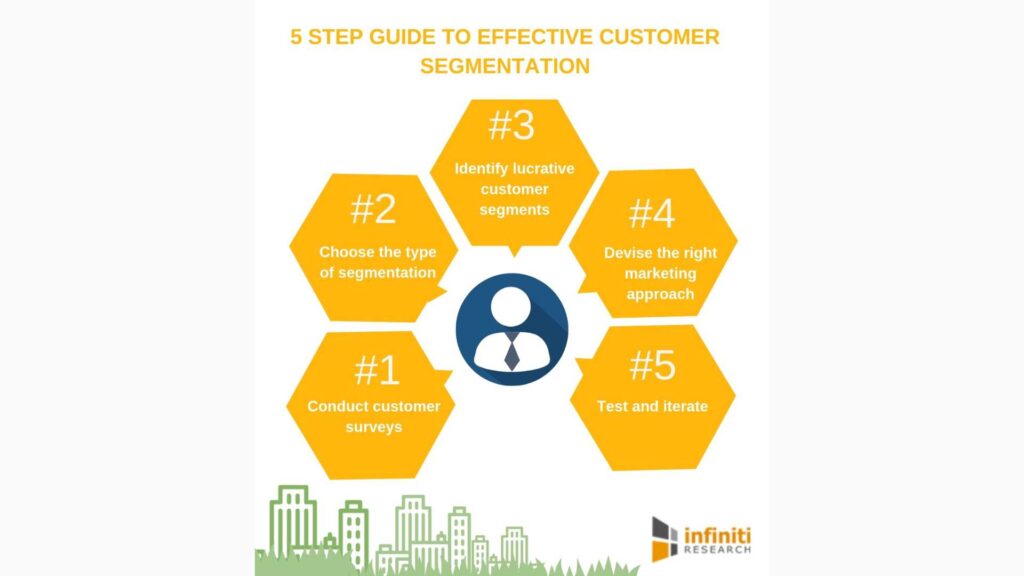

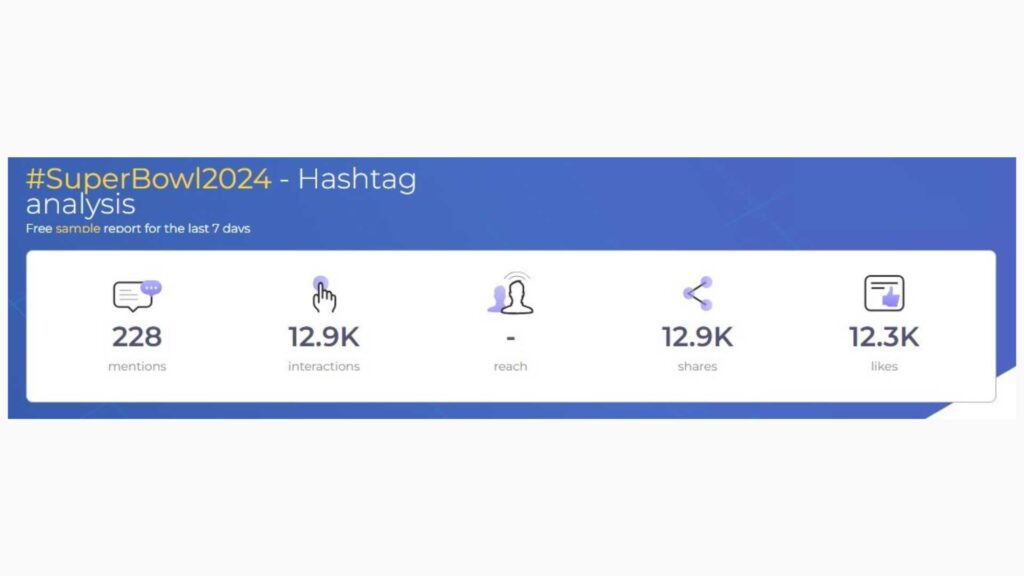
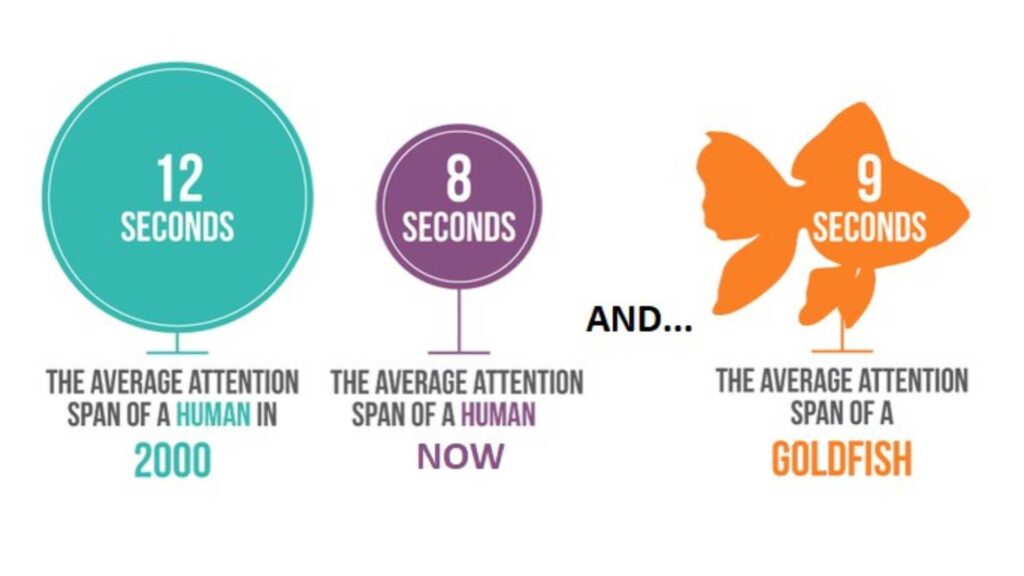
















You must be logged in to post a comment Login